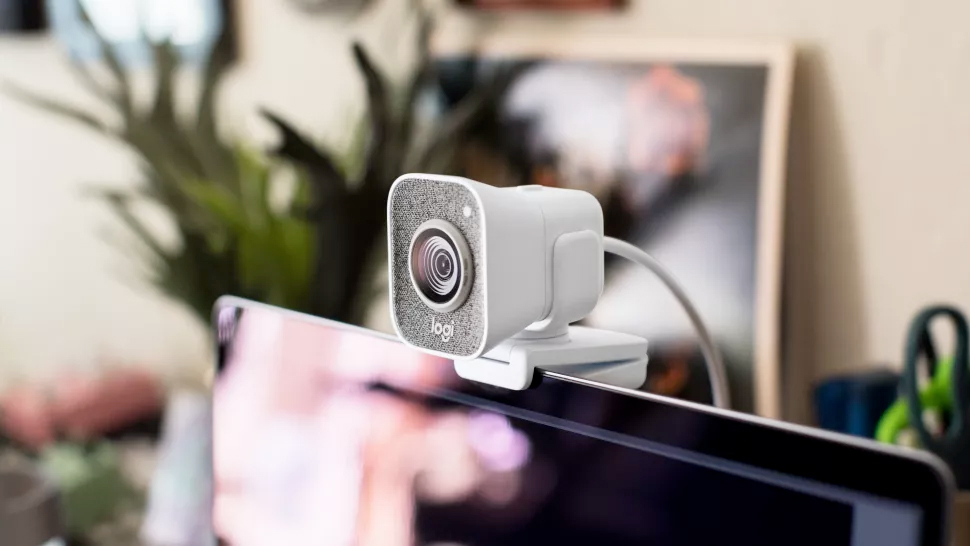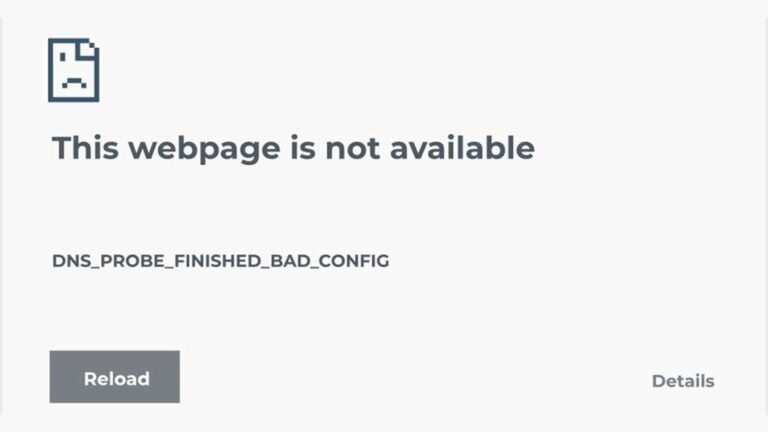A webcam is an indispensable device when you need to organize video communication using a computer. This could be communication with loved ones and work colleagues, online conferences and lessons, as well as streams. A webcam is a fairly simple device, but the price can vary significantly. A reasonable question arises: is it worth overpaying in this case?
Video resolution
The quality of shooting is directly affected by the matrix used in the device. The number of megapixels determines the physical resolution of the webcam matrix. In budget solutions this is 0.3 MP (640 × 480) and 1 MP (1280 × 720), i.e. the very minimum, which is suitable for ordinary video calls. 2 MP (1920 × 1080) is the golden mean with excellent balance. Models with this indicator are found both in the middle price segment and in the more expensive one.
Read also: Improving photos on a smartphone
High-end webcams use higher-end components. Advanced models can shoot in resolutions of 2560 × 1440 (4 MP) and 3840 × 2160 (8 MP), which provides a much more detailed and high-quality “picture”. Despite the fact that video communication programs automatically compress the “picture”, on cameras with higher resolution there are more details left. High resolution can be found in a cheap model, but this is more of a minus than a plus. As a rule, it is achieved not using a high-quality matrix, but programmatically. Those. simply stretching the image to the required size, which inevitably affects the final detail.

Maximum Frame Rate
The maximum frame rate parameter is also important. You can find options with 30, 40, 60 and 90 fps. The most common option is 30 fps, which is the standard for shooting static and not very dynamic scenes. More than 60 fps, as a rule, is found only in expensive models.
Such devices provide high-quality shooting of scenes even with a fast-moving object. Very relevant if you stream. The higher the frame rate and resolution, the smoother and higher quality the image is and, accordingly, the more expensive the device itself. Plus, the requirements for Internet connection speed are increasing.
Focusing
Based on the type of focusing, webcams are divided into two categories: manual and automatic. Inexpensive models, as a rule, can only boast manual focusing. The user needs to adjust the sharpness by rotating the lens ring. This is quite tedious, and if the distance from the object to the camera changes, the adjustment will have to be done again.
Read also: Binoculars have appeared that recognize 9,000 animals and birds
Fixed focus is a compromise that is found in both the cheap and more expensive segments. With this option, the focal length is constant, which is very convenient if you do not change your position in front of the camera. But the location of the camera must be chosen more carefully, taking into account the focusing distance.

High-quality automatic focusing is an invariable attribute of expensive models. The user practically does not need to configure anything. The webcam itself will adjust the focal length depending on the user’s position. As a rule, such models produce high-quality images regardless of lighting, since they have a higher aperture ratio. The face tracking function also plays a significant role. In advanced models, the lens can rotate to track the subject, i.e. The camera does not lose sharpness even when the user moves away from the center of the frame.
Viewing angle
The viewing angle largely determines what a webcam can capture in the frame. In cheap options it is about 40–45 degrees. A more comfortable value can be considered about 70 degrees. But for group conferences, it is highly desirable to have a viewing angle of 100 degrees. If the device has a resolution reserve, then the viewing angle can be adjusted programmatically. But it is worth remembering that the frame will be cropped.
As a rule, conference cameras have the greatest viewing angles. This is due to their professional purpose and high requirements for image quality and the width of the camera’s field of view. They have a corresponding price – many times more than conventional webcams. A large viewing angle also has a downside – you need to make sure that no extraneous details get into the frame. This is especially true if the webcam is used primarily for video calls.
Additional features
In advanced models you can find a number of interesting functions. For example, replacing the background (virtual chromakey). AI-powered core features for noise reduction, tracking, autofocus, and more. Built-in multifunctional panels allow you to change the rotation and tilt of the “picture”, scale objects, adjust the volume and control other parameters. There are devices with multiple microphones that provide better acoustics without echo and clear voice recording. Thanks to the noise reduction function, the microphone “focuses” on the voice and minimizes the level of external noise.
Also, more expensive models have more features when it comes to ease of use of the device. For example, there is no need to use a microphone jack to record audio, but you can get by with just a USB cable. Moreover, with the modern Type-C format. Thanks to universal mounts, the webcam can be installed almost anywhere – on a wall, table, tripod or monitor. The user has access to large angles of tilt and rotation of the already attached device. In addition, the webcam can be controlled remotely using the included remote control. Which is especially convenient if you need to quickly end a video call.
In the end, it all comes down to the specifics of using the webcam. Regular video calls to friends and relatives are situations where the simplest model, which does not have additional functionality, will suffice. Webcams from the mid-range segment can easily cope with tasks in the form of streams and educational lectures. But holding online conferences, meetings and other important events will require an advanced model that can provide higher-quality video, sound and detailed display of the interlocutor.
In case you have found a mistake in the text, please send a message to the author by selecting the mistake and pressing Ctrl-Enter.




